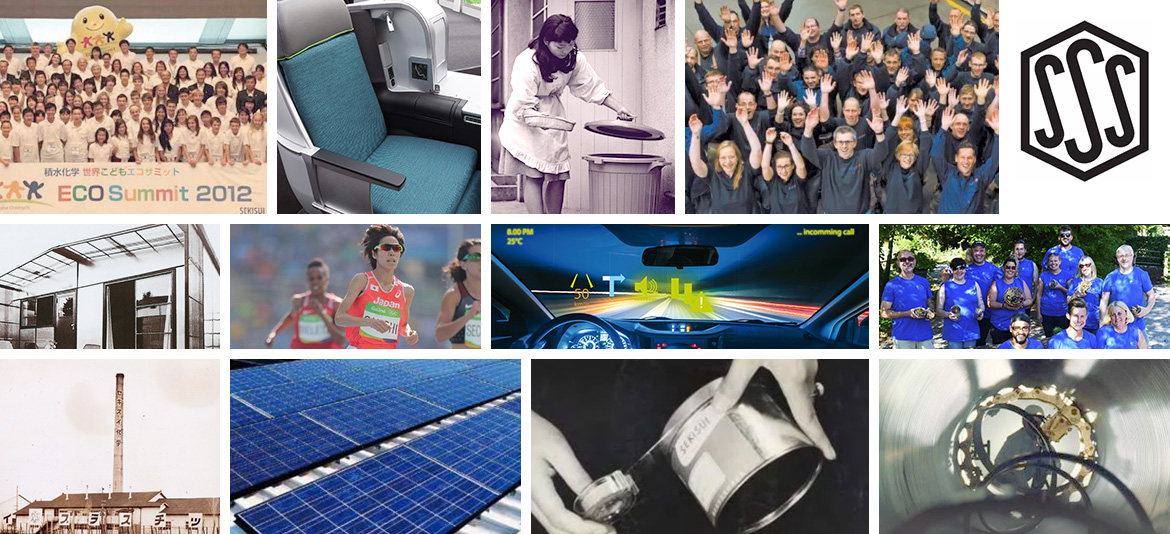2017 marks the 70th anniversary of SEKISUI Chemical – time to look back on a moving history of the company. Founded as a general plastics manufacturing business by seven samurais in 1947, SEKISUI has become a corporate leader in key industries and a strong supporter of environmental issues over the past 70 years. Have a look at our infographic and follow SEKISUI’s journey through the years.
The 1940s

1947: 70 years ago, SEKISUI was founded as a general plastic business by seven samurai with the idea to use plastic to improve the life of all people.
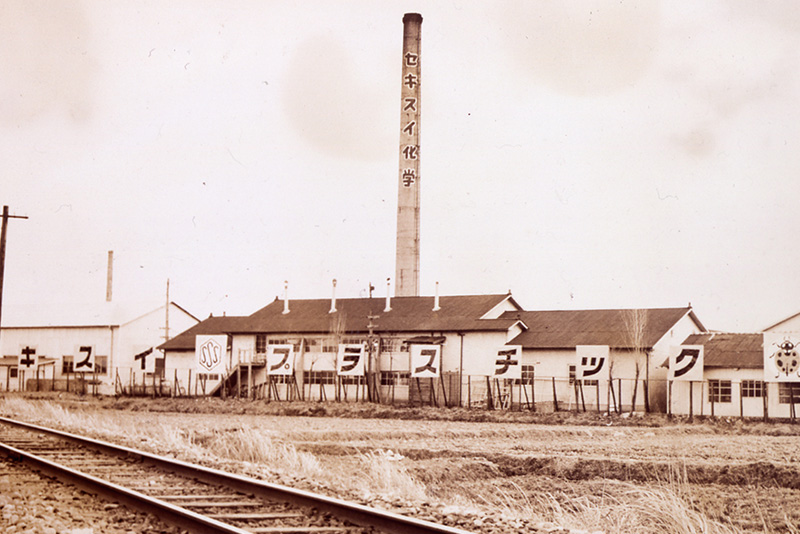
1948: The original company name SEKISUI SANGYO (SSS), on which the 3S Principle is based originally, changed to SEKISUI CHEMICAL CO., LTD. Besides, with the opening of the Nara Plant SEKISUI was giving rise to the first plastic automatic injection moulding business in Japan.
The 1950s

1950: SEKISUI presented a trial cellophane tape product at the Osaka Hankyu Plastics Exhibition. The company started producing cellophane tape because of a small article in a magazine about stationed American troops using it to seal envelopes.

1950: SEKISUI developed an unbreakable telephone using thermoplastics. It was awarded with the Industrial and Technology Minister Award in the same year. Because this product was manufactured with the 12 ounce injection moulding machine first in Japan, it marked the start of the big growth of SEKISUI's injection moulding business.
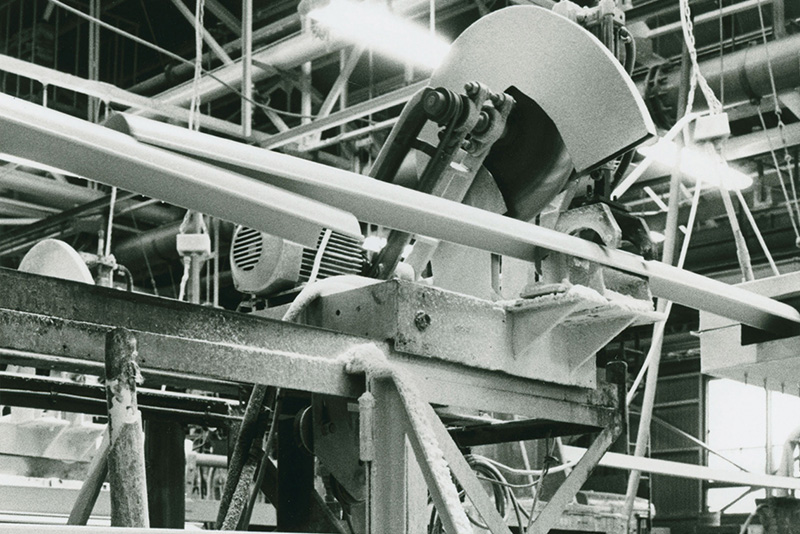
1956: SEKISUI developed Japan's first plastic rain gutter called "Eslon Rain Gutters". In the same year, the world's first mass production of Eslon plastic rain gutters started.

1958: SEKISUI initiated the production of S-LEC™ interlayer film for laminated glass. Its commercial distribution started one year later. Nowadays, SEKISUI's interlayer films do not only protect against splintering glass in cars, but provide additional features like heat resistance or sound absorption. The sound insulation interlayer film for laminated glass was even awarded with the Okochi Memorial Prize in 2015.
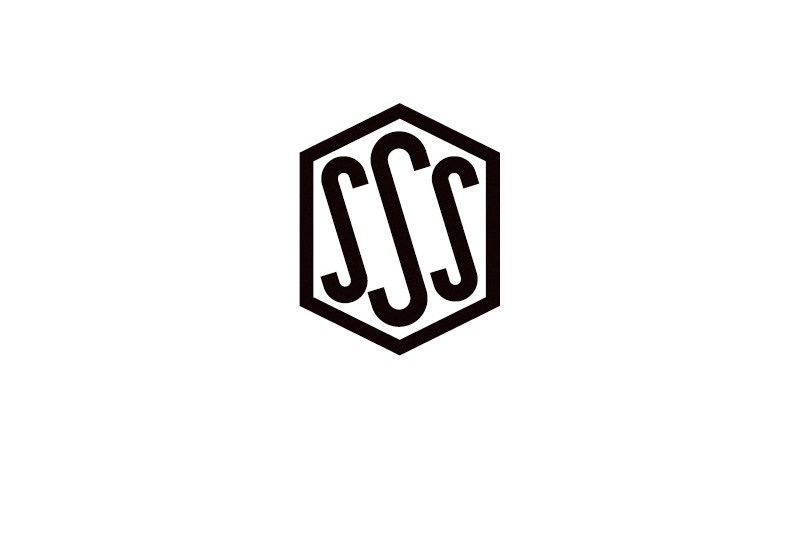
1959: SEKISUI incorporated the 3S Principle as its corporate philosophy: Service, Speed and Superiority. All SEKISUI solutions base on these principles until today.
The 1960s
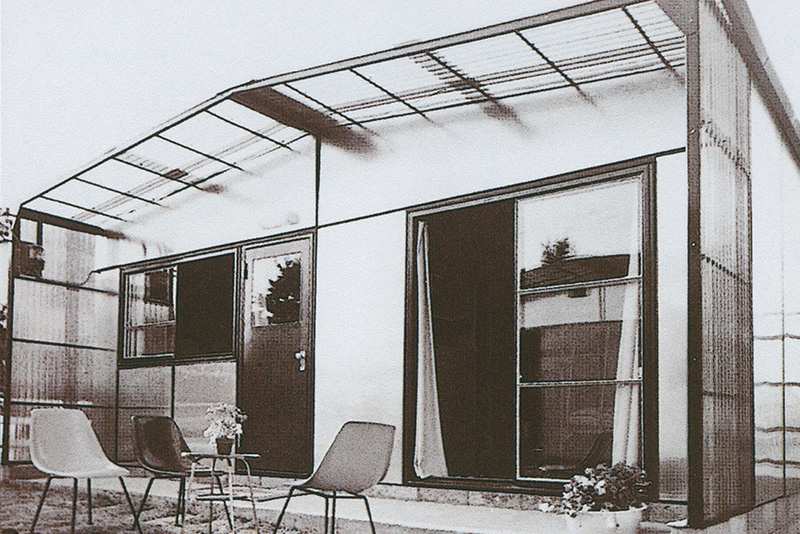
1960: SEKISUI used light gauge steel for the first time as a general housing construction material in the House Model A leading to dreams about a house completely made of plastic at that time. However, due to the success of the House Model A, SEKISUI House, Ltd. was spun off as a separate company. Further successes of the Housing business were the presentation of the world's first house made of factory-built modules, Heim M1, in 1971 and the launch of homes equipped with photovoltaic systems in 1997. In 2013, Heim M1 was selected as part of the 100 Best examples of Modern Japanese Architecture. Moreover, the SEKISUI Heim Group was registered in the Guinness World Records for most solar-powered houses built in 2015.

1962: SEKISUI's Japanese-wide distribution of Poly Pail rubbish containers was associated with the "Clean up our streets movement". The movement was a campaign commemorating the company's 15th anniversary based on the slogan: "Make Tokyo beautiful through the hand of ten million". Thus, Poly Pails gained popularity and were even celebrated as a "revolution in cleaning". The solution of the rubbish problem of Tokyo marked the beginning of SEKISUI's social and environmental engagement.

1962: SEKISUI Chemical GmbH was established in Germany as the representative organization of SEKISUI’s European operations to provide various advanced solutions through import and export activities between SEKISUI Japan and the European markets.

1963: SEKISUI opened the SEKISUI PLASTICS Corporation (SPC) in Pennsylvania, U.S., for the manufacture of expandable polystyrene paper. It was the very first plant that have been set up by a Japanese manufacturer in the U.S. and SEKISUI's further step towards a global company.

1963: SEKISUI attaches great importance to sporting activities. In this year, not only the company's table tennis club won the Business Championships, but SEKISUI's baseball team emerged victorious from the Intercity Baseball Championship representing Kyoto. These victories were the beginning of many other sporting successes in the company history.

1965: SEKISUI's business operations have been expanding since founding. Due to the burden of interest from excess capital investment, rapid increases and a recession leading to poor sales and excessive stocks, SEKISUI registered income reductions, deficits and omitted dividends for the first time in this year ever. These circumstances led to a reduction of capital by half in 1967.

1968: In response to the economic challenges in the mid-60s SEKISUI started the commercial distribution of Softlon polyolefin foam. Softlon gained global acclaim and was used in the soft non-slip bathroom mat "Soft Sunoko", which was very popular during this time.
The 1970s
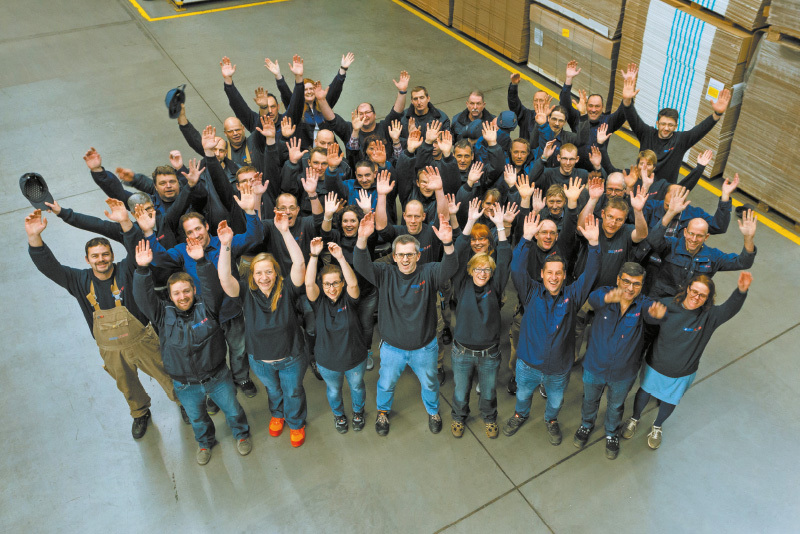
1971: SEKISUI Alveo AG was founded in Switzerland and served as the basis for further growth in the European area. Until today, SEKISUI Alveo is the preferred European provider of solutions in high-performance polyolefin foams, headquartered in Lucerne. Further local offices are located throughout Europe, like SEKISUI Alveo BS GmbH, which was established in 2009.

1972: With the start of the KAIZEN activities presentation contest SEKISUI strengthened the incorporation of the 3S Principle during everyday work. In 2016, the Global KAIZEN Convention celebrated its 50th anniversary. Until today, SEKISUI aims with the KAIZEN activity at competitiveness and cost effectivity through knowledge sharing by presenting projects and learning from best practices.

1974: SEKISUI Eslon B.V. was established in the Netherlands in order to extend the rain gutter business. Nowadays, SEKISUI Eslon B.V. is an extrusion and injection-moulding company specialised in the production of building products made from recyclable PVC (Chlorinated Polyvinyl Chloride).
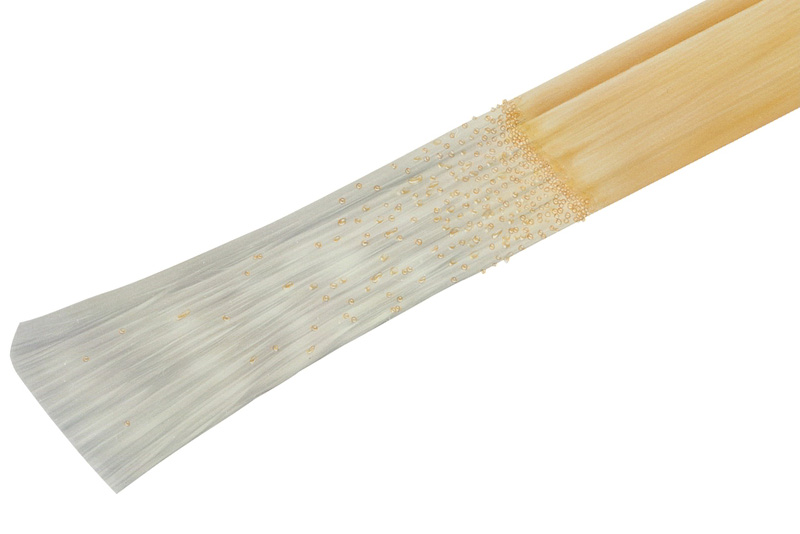
1974: SEKISUI started the full-scale production of FFU (Fibre Reinforced Foamed Urethane) synthetic wood. Today, FFU is used for synthetic railway sleepers.

1979: SEKISUI commercialized Micro Pearl S plastic particles. They were used in liquid crystal displays for calculators and strengthened SEKISUI's ambitions in the area of electronics.
The 1980s

1985: SEKISUI launched the first plastic vacuum blood collection tubes Insepack worldwide. The tubes did not break even when they were dropped and also gained attention as a means to prevent hospital infection. In this way, SEKISUI strengthened its reputation in the medical field.

1986: A manufacturing technology from Rib Loc had been introduced in Europe, which was completed as the SPR™ method later on. This method was SEKISUI's advanced effort to anticipate the pipe infrastructure deterioration in the future. The SPR™ method was awarded with the Okochi Memorial Prize in 2013.
The 1990s

1992: SEKISUI opened the Kyoto Technology Center – now called Kyoto Research & Development Institute – for further contributions to the environment with focus on water environment and infrastructure, building materials and pipeline rehabilitation.

1996: SEKISUI S-Lec B.V. was founded in the Netherlands. It is a leading worldwide company in glass interlayer technology for the automotive and the architectural industry nowadays.

1996/1997: SEKISUI renewed the English logo in honour of its 50th anniversary. The red circle contained in the letter E represents the idea of a more prosperous coexistence. The renewed logo was already been used for advertisement measures concerning the 50th anniversary.

1998: SEKISUI had to face new challenges during the millennium. Due to the bursting of the housing bubble operating profits sank into red figures in 1998. In addition, the global IT recession led to losses in the Fiscal Years of 2000 and 2001, too.

1999: SEKISUI's two headquarters were moved into the Toranomon Nichome Tower in Tokyo. The dual headquarter system was established in 1981.
The 2000s
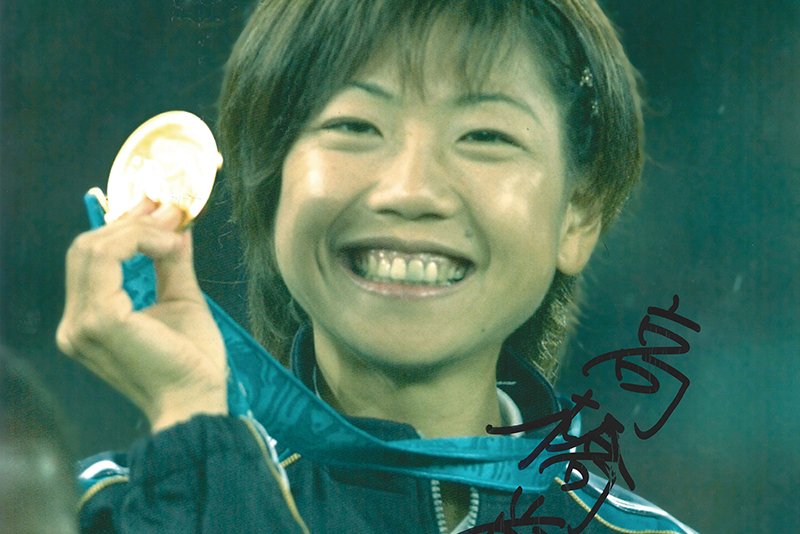
2000: Naoko Takahashi from SEKISUI's Female Athletics Group – founded in 1997 – won the gold medal in the women's marathon at the 2000 Summer Olympic Games in Sydney. She was the first Japanese female to win in track and field. In 2016, Misaki Onishi, also a member of the Female Athletics Group – the so-called SEKISUI Fairies – competed in the Summer Olympic Games in Rio de Janeiro.

2001: SEKISUI launches Fi-Block®, a thermal expansion fire protection material. Whereas Fi-Block® for fire doors is designed to seal the air space between doors and frames, Fi-Block® for pipe penetration is capable of expanding its thickness by 30 times in order to close off pipes in fire situations.

2006: Since the air and water pollution became a social matter, SEKISUI founded the Environmental Management Department in 1972 in order to reduce environmental burdens for society in accordance with the 3S Principle. In 2000, first zero waste emission factories were achieved. Furthermore, an Environmental Management Promotion Department was established in 2003. The Environment-Contributing Products concept, which supports SEKISUI's environmental commitment, was implemented in 2006. For example, with Kydex Thermoplastics sheets airplanes become significantly lighter. The result: higher efficiency and lower emission.

2009: Sekisui Specialty Chemicals Europe was established in Spain. Its mission is to produce and sell high quality Selvol PVOH (Polyvinyl Alcohol) resin and Advasol Water Soluble Film while surpassing customer quality specifications and offering efficient global technical support.
The 2010s

2011: SEKISUI Diagnostics (UK) Ltd. was founded in the United Kingdom. It produces high quality enzymes, proteins and substrates which are used in the manufacture of clinical diagnostic reagents and point of care devices.

2012: In 2012, the Global Children's Eco Summit was hosted as a part of the 65th anniversary celebrations leading to the establishment of the SEKISUI Environment Week as well as the Greenest Person Award. Both programmes based on children's ideas and support SEKISUI's environmental engagement.

2014: SEKISUI Diagnostics GmbH was established in Germany. The company is responsible for the distribution of diagnostic and research reagents to end customers and distributors in the EMEA (Europe, Middle East and Africa) region.
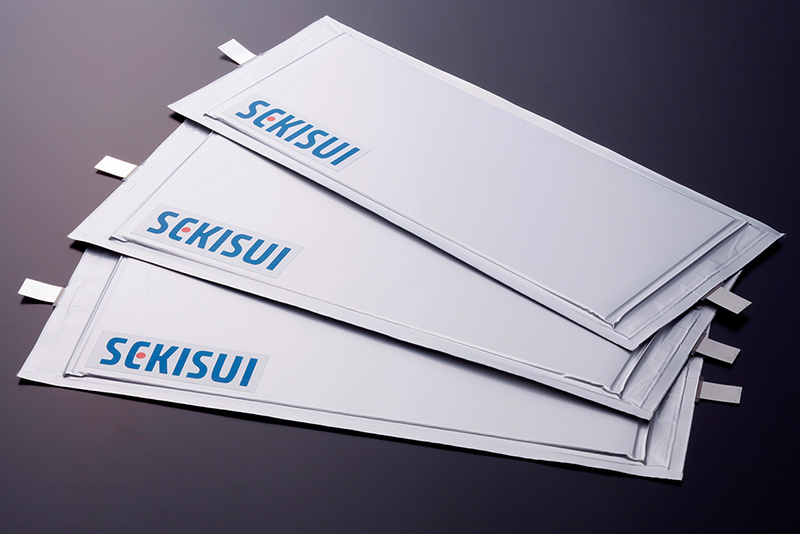
2017: SEKISUI started the Film type lithium ion battery business because energy efficiency is also a part of its environmental engagement. The new electrode-coating insulating material and processing technology offers safety, longevity and high volume at the same time. The first product was installed in the "Smart Power Station 100 % Edition".

2017: SEKISUI celebrates its 70th anniversary. From a single plastics manufacturing plant to a global enterprise with 23,886 employees in 92 locations worldwide. Nevertheless, the spirit of the seven samurai, which is reflected in the 3S Principle, still lives on today. Through prominence in technology and quality, SEKISUI Chemical Group will contribute to improving the lives of the people of the world and the earth’s environment, by continuing to open up new frontiers in residential and social infrastructure creation and chemical solutions.

